Mortality Composter (Animal Mortality Facility)
Purpose/Function:
Composting provides a safe and desirable method for disposing of dead birds by converting nitrogenous materials (manure and birds) and carboniferous materials (straw or sawdust) into a humus-like substance. Composting substantially reduces the volume of carcasses, kills pathogens, prevents odors and produces a stable, odorless material that is useful as a nutrient source and soil amendment. By eliminating the on-site burial of large numbers of carcasses, composting facilities reduce the potential for groundwater contamination and protect public health.
Initiation protocol:
Contact the local Soil Conservation District or University of Maryland Extension for assistance.
Public acceptance:
The public is becoming increasingly aware of the benefits of this practice.
Implementation Factors (level of difficulty):
Moderate.
Funding Sources / Options:
Funding provided by Maryland Agriculture Cost-Share (MQCS) Program and Farm Bill programs. To receive cost share, the owner must receive training from the Maryland Department of Agriculture.
Purpose/Function:
Costs estimated as $ per animal unit.
| Cost Estimates | EPA | MDA | Average |
| Initial | $2,181 | $15 | $1,098 |
| Annual | $- | $- | $- |
| Lifespan (yrs) | 10 | 15 | |
| Annualized | $218.10 | $1 | $109.55 |
Note: Assuming 400 Animal Units per operation. This figure must be confirmed by MDA.
Load Reduction Efficiency:
No unit load reduction values have been calculated for this BMP.
Operation & Maintenance:
Obtain and follow a written operation and maintenance plan from the Natural Resource Conservation Service. At a minimum, the instructions should detail the materials to be used in the compost mix, moisture content, temperature to be achieved, aeration schedule and end use for the compost. The compost facility should be inspected at least twice a year, when empty, for structural integrity.
Climate Change Considerations:
N/A
Planning Questions to Consider:
Consider on-farm traffic patterns, wind direction, drainage ditches, sensitive areas, topography and proximity of neighbors in determining where to place the facility. Is a carbon source available? What equipment is available?
Technical Notes:
Follow the suggested straw-bird-litter recipe in creating the compost pile. Always completely cover dead birds with dry litter. Turn and reactivate compost before applying to land. Use a thermometer to monitor temperatures within the compost bin. Don’t pile birds against composter walls or leave exposed to flies or scavengers.
Related Best Management Practices
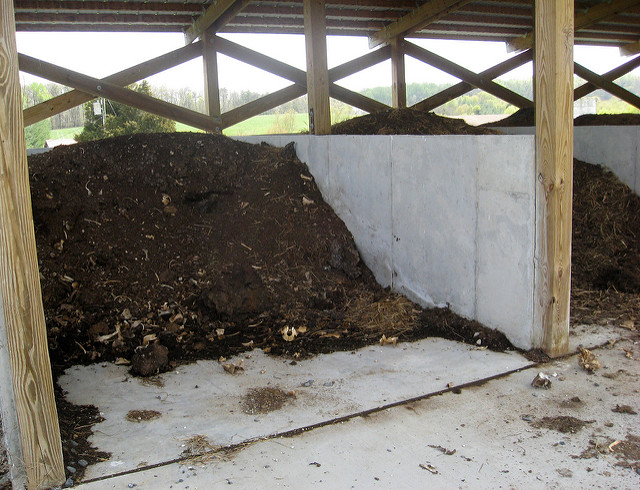
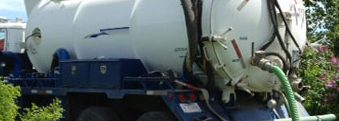


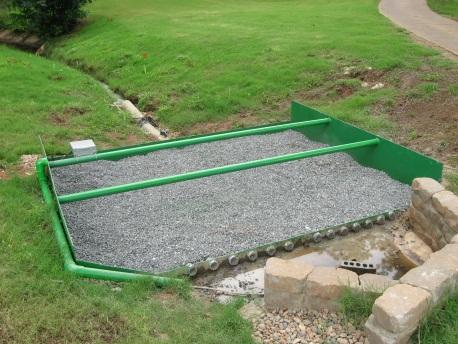
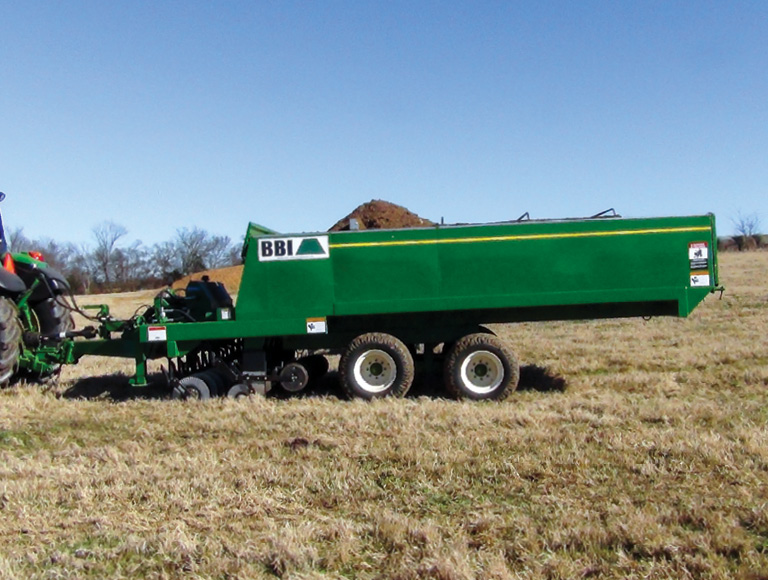
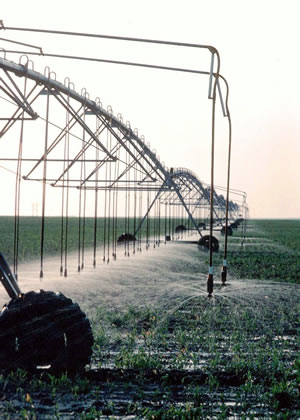
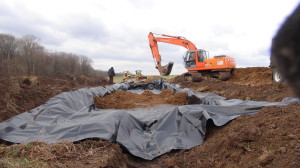
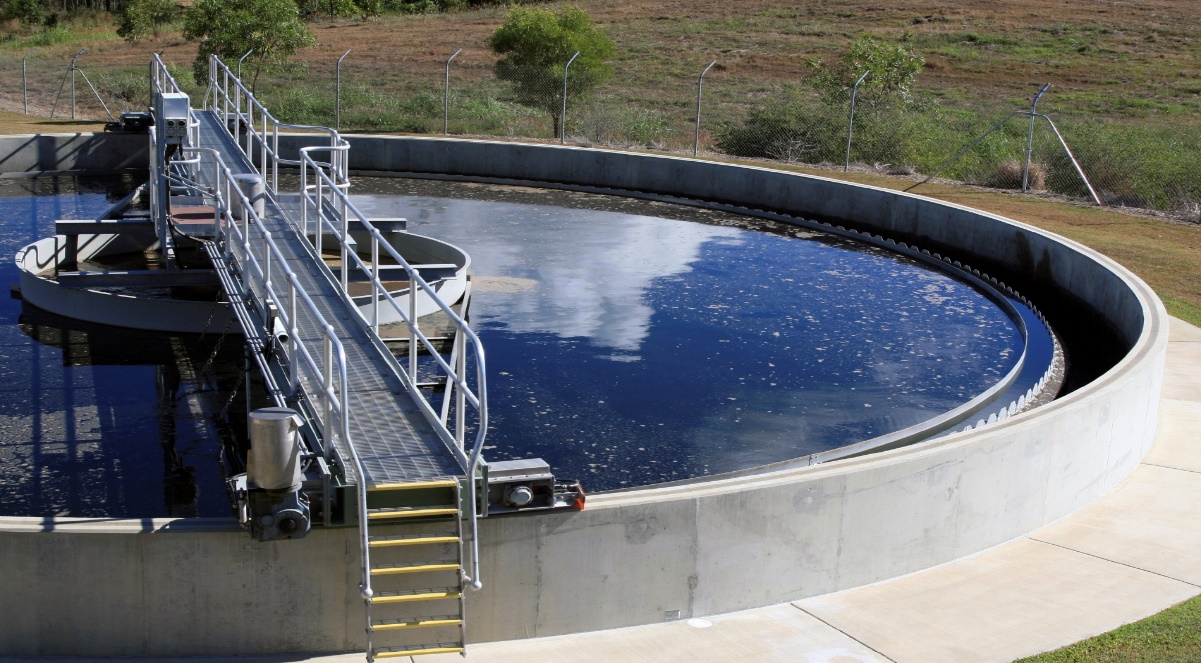


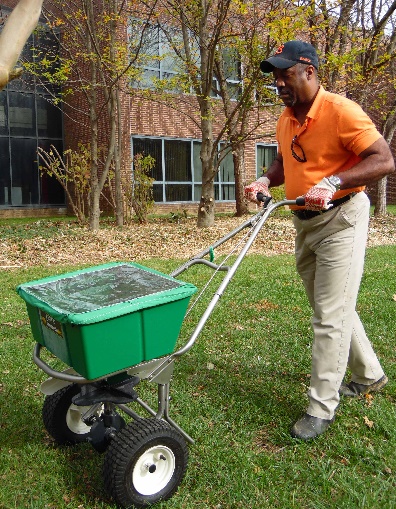

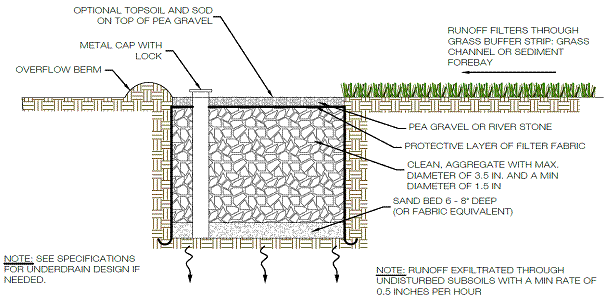
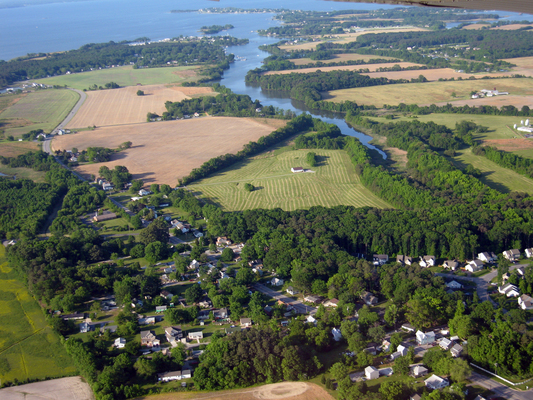
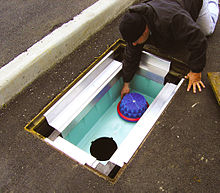
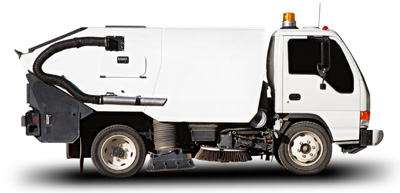
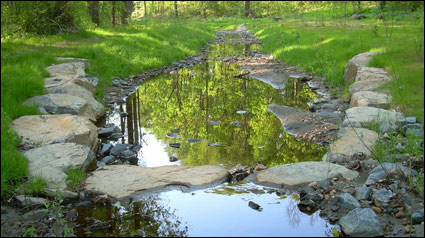
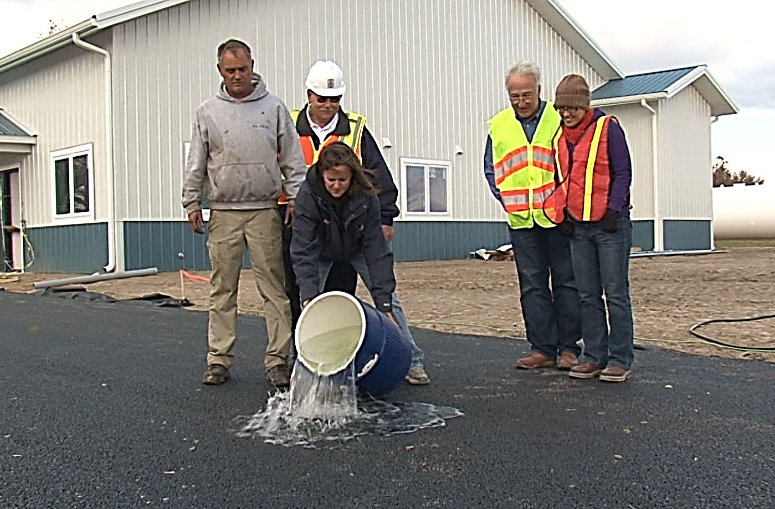
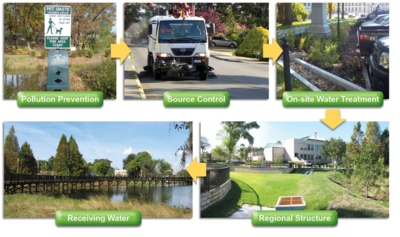
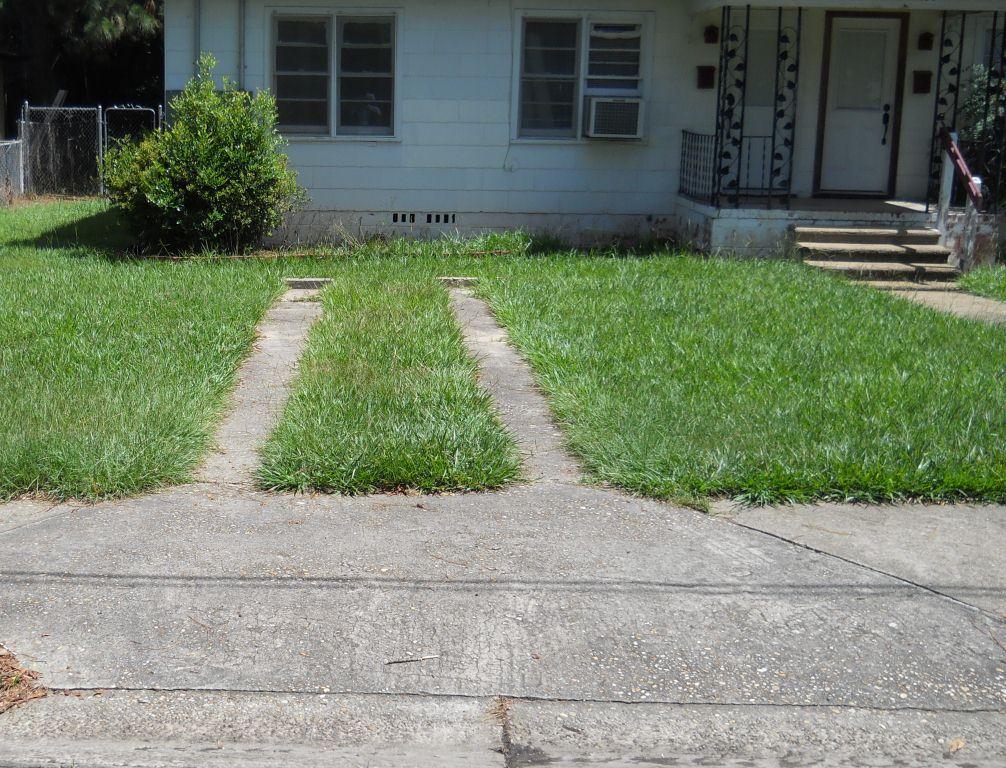
Feedback on This Best Practice